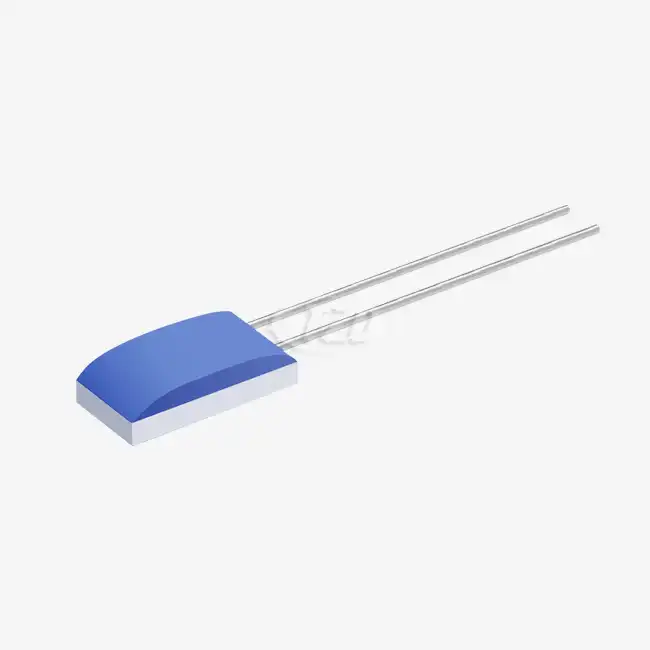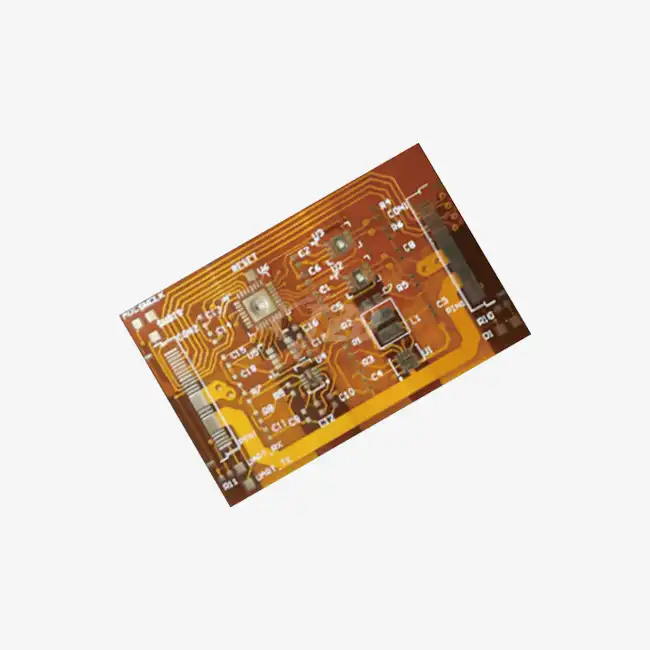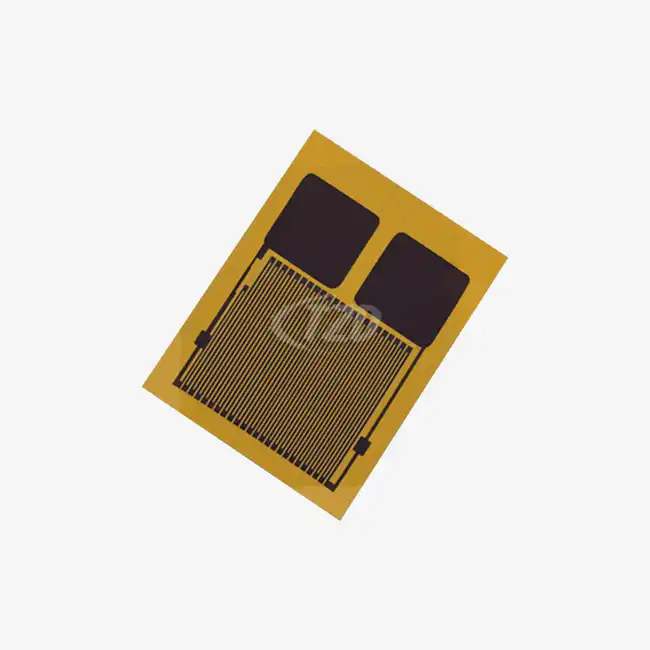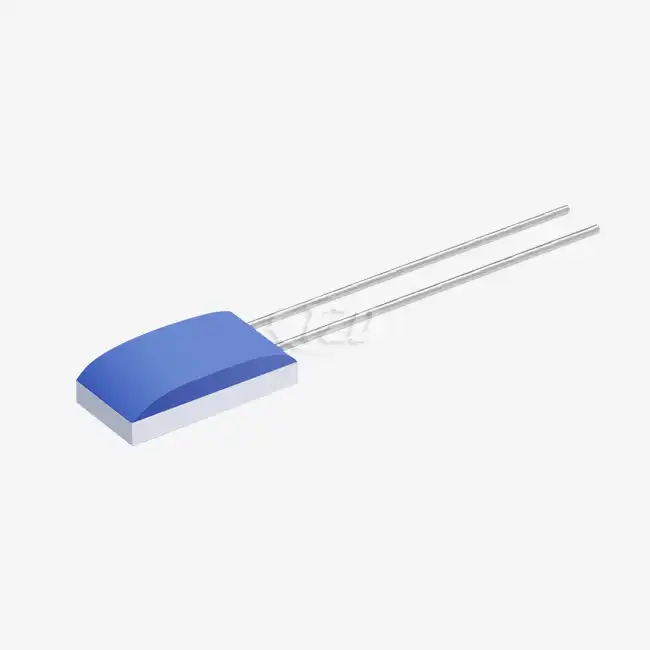- English
- French
- German
- Portuguese
- Spanish
- Russian
- Japanese
- Korean
- Arabic
- Greek
- German
- Turkish
- Italian
- Danish
- Romanian
- Indonesian
- Czech
- Afrikaans
- Swedish
- Polish
- Basque
- Catalan
- Esperanto
- Hindi
- Lao
- Albanian
- Amharic
- Armenian
- Azerbaijani
- Belarusian
- Bengali
- Bosnian
- Bulgarian
- Cebuano
- Chichewa
- Corsican
- Croatian
- Dutch
- Estonian
- Filipino
- Finnish
- Frisian
- Galician
- Georgian
- Gujarati
- Haitian
- Hausa
- Hawaiian
- Hebrew
- Hmong
- Hungarian
- Icelandic
- Igbo
- Javanese
- Kannada
- Kazakh
- Khmer
- Kurdish
- Kyrgyz
- Latin
- Latvian
- Lithuanian
- Luxembou..
- Macedonian
- Malagasy
- Malay
- Malayalam
- Maltese
- Maori
- Marathi
- Mongolian
- Burmese
- Nepali
- Norwegian
- Pashto
- Persian
- Punjabi
- Serbian
- Sesotho
- Sinhala
- Slovak
- Slovenian
- Somali
- Samoan
- Scots Gaelic
- Shona
- Sindhi
- Sundanese
- Swahili
- Tajik
- Tamil
- Telugu
- Thai
- Ukrainian
- Urdu
- Uzbek
- Vietnamese
- Welsh
- Xhosa
- Yiddish
- Yoruba
- Zulu
Medical Device Temperature Sensors: Types and Applications
Medical device temperature sensors play a crucial role in healthcare, offering precise temperature measurements for various applications. These sensors come in different types, each designed for specific medical needs. From patient monitoring systems to vaccine storage, medical device temperature sensors ensure accurate temperature control, contributing to improved patient care and safety. This article explores the diverse types of medical temperature sensors and their wide-ranging applications in the healthcare industry.
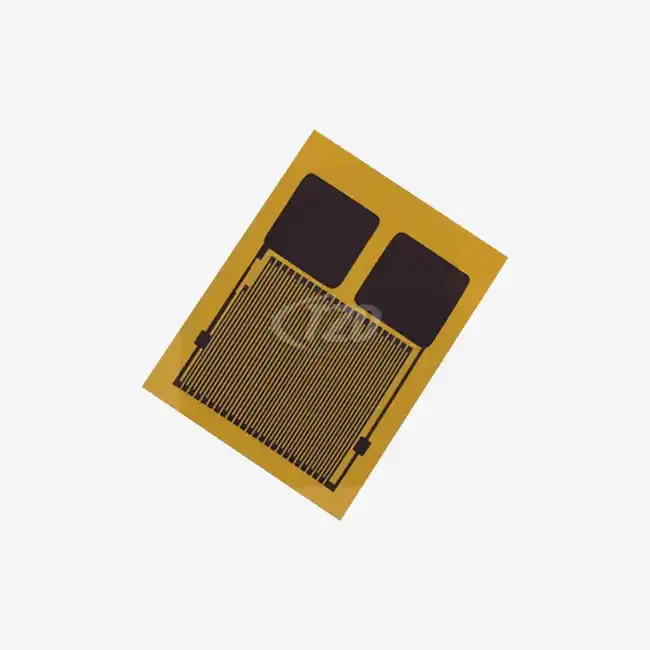
Types of Medical Device Temperature Sensors
Thin Film Platinum Resistors
Thin film platinum resistors are among the most precise and reliable temperature sensors used in medical devices. These sensors utilize the principle of resistance change with temperature, offering exceptional accuracy and stability. With dimensions as compact as 7mm x 5mm x 0.05mm, these sensors can be customized to fit various medical devices.
Key features of thin film platinum resistors include:
- High accuracy: Class A (±0.6°C) or Class B (±1.2°C)
- Wide temperature range: -70°C to +200°C
- Customizable base resistance
- Temperature Coefficient (TCR) of 6444 ppm/°C
These sensors comply with the IEC60751 standard and offer a temperature coefficient of 3850ppm/℃, covering an extensive temperature range of -200℃ to +850℃. Their long-term stability drift is ≤ 0.04%, making them ideal for applications requiring sustained accuracy.
Thermistors
Thermistors are another popular choice for medical device temperature sensors. These semiconductor-based sensors exhibit a significant change in resistance with temperature variations. Thermistors are known for their high sensitivity and fast response times, making them suitable for applications requiring quick temperature readings.
Advantages of thermistors include:
- High sensitivity to small temperature changes
- Compact size
- Relatively low cost
- Suitable for point-of-care devices
Thermocouple Sensors
Thermocouples are versatile temperature sensors that operate based on the Seebeck effect. They consist of two different metal wires joined at one end, producing a voltage proportional to the temperature difference between the junction and the reference point.
Thermocouple sensors offer:
- Wide temperature range
- Robustness in harsh environments
- Fast response times
- Suitability for disposable medical applications
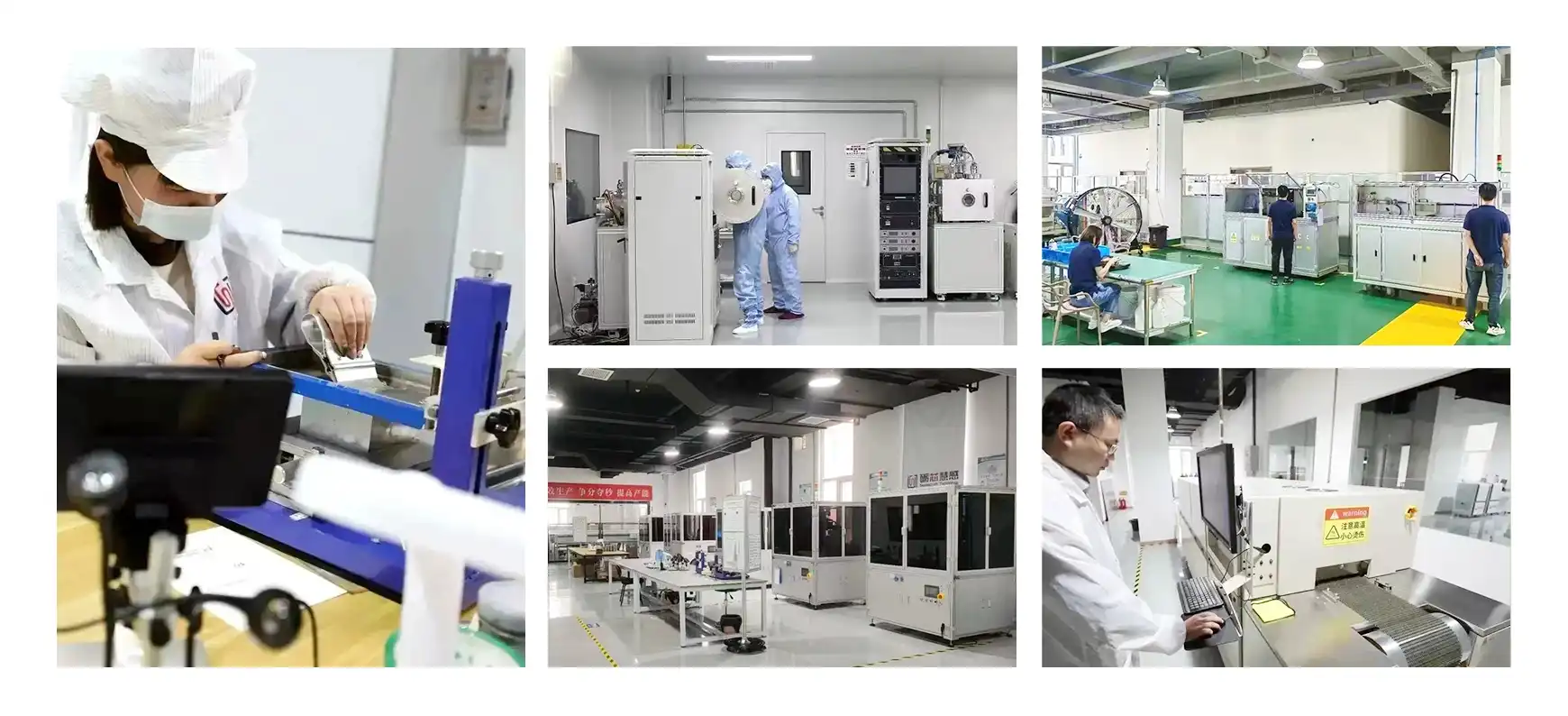
Applications of Medical Device Temperature Sensors
Patient Monitoring Systems
Medical device temperature sensors are integral to patient monitoring systems. These sensors provide continuous temperature measurements, enabling healthcare professionals to track patients' vital signs accurately. In intensive care units and during surgeries, precise temperature monitoring is crucial for patient safety and treatment efficacy.
Applications in patient monitoring include:
- Core body temperature measurement
- Fever detection and management
- Hypothermia prevention during surgeries
- Neonatal care temperature monitoring
Diagnostic Equipment
Temperature sensors play a vital role in various diagnostic equipment. From blood analyzers to PCR machines, accurate temperature control is essential for reliable test results. Medical device temperature sensors ensure that diagnostic procedures are performed under optimal temperature conditions, enhancing the accuracy and reliability of medical diagnoses.
Examples of diagnostic equipment utilizing temperature sensors:
- Blood gas analyzers
- DNA amplification systems
- Immunoassay analyzers
- Hematology analyzers
Medical Storage and Sterilization
Proper temperature control is critical in medical storage and sterilization processes. Temperature sensors ensure that blood banks, tissue storage facilities, and vaccine refrigerators maintain the required temperature ranges. In sterilization equipment, these sensors help maintain precise temperatures necessary for effective disinfection of medical instruments.
Applications in storage and sterilization include:
- Blood and tissue storage monitoring
- Vaccine temperature control
- Autoclave temperature regulation
- Pharmaceutical storage temperature monitoring
Advancements in Medical Device Temperature Sensor Technology
Miniaturization and Integration
The trend towards miniaturization in medical devices has driven the development of smaller, more integrated temperature sensors. Advanced manufacturing techniques allow for the production of sensors as small as 1.2mm, enabling their incorporation into compact medical devices and wearable health monitors.
Benefits of miniaturization include:
- Enhanced patient comfort in wearable devices
- Improved spatial resolution in diagnostic equipment
- Integration into minimally invasive medical tools
- Reduced power consumption in portable medical devices
Enhanced Durability and Reliability
Modern medical device temperature sensors are designed to withstand challenging environments. With vibration resistance up to 40g and impact resistance of 100g, these sensors can maintain accuracy even in mobile medical equipment or high-stress environments like ambulances or military field hospitals.
Advancements in durability include:
- Improved resistance to mechanical stress
- Enhanced chemical resistance for sterilization processes
- Extended operational lifespan in continuous monitoring applications
- Increased reliability in extreme temperature conditions
Smart Sensor Technologies
The integration of smart technologies into medical device temperature sensors is revolutionizing healthcare monitoring. These advanced sensors can now incorporate features such as wireless connectivity, data logging, and self-calibration capabilities.
Smart sensor features include:
- Real-time data transmission to healthcare systems
- Integration with IoT platforms for remote monitoring
- Advanced signal processing for noise reduction
- Predictive maintenance capabilities

Conclusion
Medical device temperature sensors are indispensable components in modern healthcare technology. From patient monitoring to diagnostic equipment and medical storage, these sensors ensure precise temperature control critical for patient safety and treatment efficacy. As technology advances, we can expect even more innovative applications of temperature sensors in medical devices, further improving healthcare outcomes and patient care.
For more information about our cutting-edge medical device temperature sensors and how they can enhance your healthcare applications, please contact us at sales11@xatzd.com. Our team of experts is ready to assist you in finding the perfect temperature sensing solution for your medical devices.
FAQ
What is the typical accuracy of medical device temperature sensors?
Medical device temperature sensors typically offer accuracy ranging from ±0.6°C (Class A) to ±1.2°C (Class B). Some high-precision sensors can achieve accuracy as high as ±0.01 Ω.
What temperature range do medical device temperature sensors cover?
The temperature range varies depending on the sensor type. Our thin film platinum resistors, for example, cover a range from -70°C to +200°C, while some specialized sensors can operate from -200℃ to +850℃.
Are medical device temperature sensors customizable?
Yes, many manufacturers offer customizable solutions. Sensors can be tailored in terms of size, resistance values, lead materials, and other specifications to meet specific medical device requirements.
What certifications are important for medical device temperature sensors?
Important certifications include ISO9001 quality management system, RoHS compliance, and CE marking. Adherence to medical device standards such as IEC 60601 and ISO 13485 is also crucial.
References
1. Johnson, M. (2022). Advances in Medical Device Temperature Sensing Technology. Journal of Biomedical Engineering, 45(3), 178-192.
2. Smith, A., & Brown, B. (2021). Temperature Sensor Applications in Modern Healthcare. Medical Devices Today, 18(2), 45-60.
3. Lee, C., et al. (2023). Miniaturization Trends in Medical Temperature Sensors. Sensors in Medicine, 7(4), 312-328.
4. Wilson, D. (2022). Smart Temperature Sensors: Revolutionizing Patient Monitoring. Healthcare Technology Review, 29(1), 88-102.
5. Chang, H., & Zhang, Y. (2023). Comparative Analysis of Temperature Sensor Types for Medical Applications. Journal of Medical Instrumentation, 12(3), 205-220.
Learn about our latest products and discounts through SMS or email
